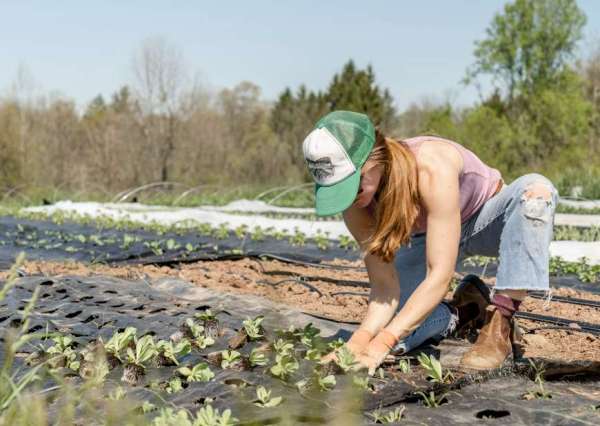 I have something really cool to share with you. I almost didn’t because in a post on the 7th the site owner begged for mercy and asked for no more pinning and blog features, at least until she could get caught up on email requests! But then on the 13th she put out a request for help, from crafty people who would like to join her in making some of the coolest softie toys I’ve ever seen. She (I keep calling her ‘she’ because I couldn’t find her name on the site) takes a child’s drawing and turns that drawing into a softie. Genius.
I have something really cool to share with you. I almost didn’t because in a post on the 7th the site owner begged for mercy and asked for no more pinning and blog features, at least until she could get caught up on email requests! But then on the 13th she put out a request for help, from crafty people who would like to join her in making some of the coolest softie toys I’ve ever seen. She (I keep calling her ‘she’ because I couldn’t find her name on the site) takes a child’s drawing and turns that drawing into a softie. Genius.
 When my now 19 year old son was in first grade he drew a colorful face with lots of fun features. I took that picture and painted it onto a glass jar. He still uses it TODAY to hold pens and pencils. My point? Excellent keepsake that he has cherished for almost 14 years now.
When my now 19 year old son was in first grade he drew a colorful face with lots of fun features. I took that picture and painted it onto a glass jar. He still uses it TODAY to hold pens and pencils. My point? Excellent keepsake that he has cherished for almost 14 years now.
 These softies have been all over Pinterest and blogged about in several places. I’m here to tell you that she needs help! So if you sew and are looking to be a part of this exploding enterprise, go to Child s Own Studio and click on the tab “The Other Talented Softie Makers”.
These softies have been all over Pinterest and blogged about in several places. I’m here to tell you that she needs help! So if you sew and are looking to be a part of this exploding enterprise, go to Child s Own Studio and click on the tab “The Other Talented Softie Makers”.
 Warning though. Once you start looking at all of these fun and totally amazing creations you’ll be there a while. And you thought Pinterest was a time suck! 😉
Warning though. Once you start looking at all of these fun and totally amazing creations you’ll be there a while. And you thought Pinterest was a time suck! 😉

WOW! This is completely AWESOME! Wish I could sew! 🙂
I know, I thought the same thing 🙂
too cute! Love them … what a wonderful idea xxx
This is one of the coolest ideas I have seen in a long time
a simple but brilliant idea, and beautifully executed! – thanks for bringing it to our attention. I think the lady’s name must be Wendy Tsao, as that’s who’s copyrighted the images on the information page 🙂
This is the most fantastic thing I think I have ever seen. I love this and I want to have her do this for my grandsons.
who do i contact to order?
Follow the link in this post and you can ask from there.